“A true design work must move people, convey emotions, bring back memories, surprise and go against common thinking.” – Alberto Alessi
Our goal is to provide children with a Design and Technology curriculum which is current and relevant in modern society. We believe that high-quality DT lessons inspire children to think independently, to solve problems creatively and develop creative and technical understanding which they can apply to wider contexts in a rapidly changing world, both individually and as members of a team. Students are given the opportunity to analyse and study current products and consider the need and usefulness of them within society, as well as how they could be improved. They consider the aesthetics, social and environmental issues, as well as functions and industry of products.
Our Design and Technology curriculum encourages children to become inquirers, risk takers and reflective thinkers. It provides opportunities for children to research; to explore, investigate and develop their ideas; to make products and evaluate their work with the technical knowledge they gain. We know that high-quality DT lessons will inspire children to think independently, innovatively and develop creative, procedural and technical understanding. Children will be exposed to a wide range of media including textiles, food and woodwork through which children will develop their skills, vocabulary and resilience. Where possible, we aim to link work to other disciplines such as mathematics, science, computing and art.
The teaching of Design and Technology across the school follows the National Curriculum. Children have access to key knowledge, language and definitions to understand Design Technology and to apply these skills across the curriculum. We teach the knowledge, understanding and skills necessary to engage in an iterative process of designing and making.
Children design products with a purpose in mind and an intended user of the products in order to make the projects real. Pupils design and make products that solve real and relevant problems within a variety of contexts, for example, in Years 3 and 4, children use the knowledge of their own mouth movements to design and create a monster with a moving mouth – using levers and linkages – linked to their core text, How to Train Your Dragon. The DT curriculum is cross-curricular and draws upon subject knowledge and skills within other areas of our wider curriculum. Food nutrition is implemented across the school with children developing an understanding of where food comes from, the importance of a varied and healthy diet and how to prepare this. It is an inspiring, rigorous and practical subject, requiring creativity, resourcefulness, and imagination. This starts from the EYFS inquiry into Farm to Fork where our youngest pupils begin to explore and experiment with food. Children learn to take risks, be reflective, innovative, enterprising and resilient. Through the evaluation of past and present products, they can reflect upon the impact of Design and Technology on everyday life and the wider world.
Children are taught Design and Technology through a process of designing, making and evaluating:
Design
Children use research to develop a design criteria to inform the design of innovative, functional and appealing products that are fit for purpose, aimed at a particular individual or group. They then generate, model and communicate their ideas through discussion, annotated sketches, cross-sectional diagrams, prototypes and computer-aided designs to help them with the making of their product.
Make
During the making phase, children select from a wide range of tools and equipment to perform practical tasks and select from and use a wide range of materials, ingredients and components according to their functional and aesthetic qualities.
Evaluate
Children review their products, reflecting to consider whether a product meets the needs and purpose of the design project. The evaluation provides an opportunity for children to consider and suggest any changes they would make against the design criteria they have followed or designed themselves.
The key skills and knowledge for Design and Technology have been mapped across the school to ensure there is progression between year groups. The context for the children’s work in Design Technology is also well considered and children learn about real life structures and the purpose of specific examples, as well as developing their skills throughout the programme of study. Each new unit of work begins with a recap of the previous related knowledge. This helps children to retrieve what they have learnt in the earlier sequence of the programme of study, ensuring that new knowledge is taught in the context of previous learning to promote a shift in long term memory. Key vocabulary for the new topic is also introduced at the earliest point of a learning sequence so children are able to understand the new vocabulary when it is used in teaching and learning activities and apply it themselves when they approach their work.
Upon leaving Leigh Academy Molehill, pupils will be able to act as responsible problem solvers and designers, working safely with tools and equipment. They will have developed passion, creativity and confidence in Design and Technology which they can then apply to other aspects of the curriculum, beyond school into adulthood.
We ensure that children develop the creative, technical and practical expertise needed to perform everyday tasks confidently and to participate successfully in an increasingly technological world. Children will be able to build and apply a repertoire of knowledge, understanding and skills in order to design and make high-quality prototypes and products for a wide range of users and critique, evaluate and test their ideas and products and the work of others. Our pupils will also understand and apply the principles of nutrition and learn how to cook, design and make a range of products.
Through thorough assessment of children’s learning in Design and Technology, an ongoing monitoring of children’s understanding, knowledge and skills by the class teacher is undertaken throughout lessons. This assessment is then used to inform further support and challenge required by the children. Through the following of the IB PYP, children will adopt the learner profile attributes, including being reflective, a thinker, knowledgeable and open-minded.
Design and Technology is also monitored by the subject leader throughout the year in the form of book monitoring, looking at outcomes and through pupil interviews to discuss their learning and understanding and establish the impact of the teaching taking place. All of these steps ensure that the children are achieving their highest potential and enjoyment within Design and Technology.



